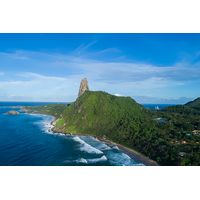
Iberdrola to Install its First-ever Floating Solar Plant in Brazil
as a World Natural Heritage Site.This initiative is carried out together with Companhia Pernambucana de Saneamento (Compesa), which operates the water and sewage distribution network throughout the island, and with the support of the Energy Efficiency Programme regulated by the Brazilian National Electric Energy Agency (Aneel).With an output of 630 kilowatts (kW), the floating plant will generate around 1,240 megawatt hours (MWh) of electricity per year, enough to cover, with zero-kilometer electricity supply, more than 50% of Compesa's energy consumption on the island. The installation will
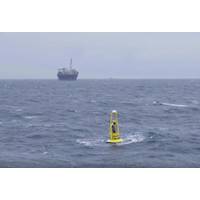
Premier Oil Testing PB3 PowerBuoy in the North Sea
in any ocean depth over 20 meters and up to 3,000 meters.The PB3 PowerBuoy supplies power continuously to on-board payloads or equipment located on the seabed while also providing real time data transfer and communication to remote shore facilities. The PB3 is sized and designed to store sufficient electric energy to provide reliable "ride through" power in extended periods of flat-calm seas.The conversion of wave energy into electric power is carried out through a direct drive generator that continuously charges an on-board battery pack (Energy Storage System). Power from the battery is delivered

Offshore Wind: California's New Gold Rush
Renewable Energy Laboratory (NREL) published a study: “Potential Offshore Wind Energy Areas in California: An Assessment of Locations, Technology, and Costs.” One conclusion: CA’s offshore wind resource potential “corresponds to about 1.5 times the state’s electric energy consumption based on 2014 EIA figures” (italics added, EIA = the US Energy Information Administration). The NREL study is based on six likely Pacific wind energy areas, from Crescent City, in the north, near Oregon, to Port Hueneme, just north of LA.CA’s offshore process started
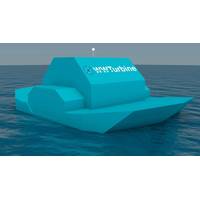
The Switch to Deliver Full-Power Converter for Floating Power Plant
Vancouver-based Water Wall Turbine Inc. (WWT) has selected The Switch to provide a 500 kW full-power converter for its self-floating power plant. This new system extracts potential and kinetic energy from large, fast moving water currents for conversion into electric energy. The Switch will supply its first 500 kW full-power converter in October 2014 for WWT’s prototype project, which will be used for the Dent Island Resort, near Vancouver Island off the west coast of British Columbia, Canada. System testing of the integrated equipment is planned for the first quarter of 2015. The vessel

Another Delivery To Seaformatics Group
as defence applications. One particular innovation in these pods are that they can be self-powered for extended periods of time underwater without human intervention. This is achieved through a patent pending custom designed horizontal axis turbine that uses sea currents to generate and store electric energy, thus allowing indefinite operation in the sub-sea environment. As it is well known in this industry, the sole use of batteries to provide energy is a severe limiting factor. Further the pods have a plug and play capability where the sensor modules can be changed depending on the goals of the
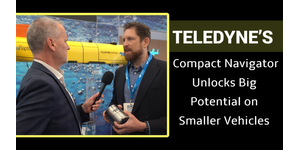

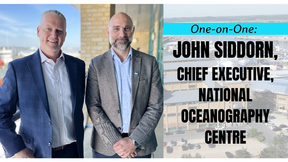
 February 2025
February 2025





